Optimal Timing for Waterproofing Applications
Waterproofing is a critical component in protecting structures from water intrusion and damage. Proper timing ensures maximum effectiveness and longevity of waterproofing systems. The optimal time for applying waterproofing varies based on climate, season, and specific project requirements.
Spring offers moderate temperatures and lower humidity, ideal for waterproofing applications. It allows sufficient curing time before summer heat or winter cold.
Summer provides warm weather, but high humidity and rain can affect curing. Proper planning ensures waterproofing is completed during dry periods.
Fall is suitable due to cooler temperatures and less rain, helping waterproofing materials cure properly before winter.
Winter is generally less ideal due to freezing temperatures that hinder application and curing. However, specific cold-weather waterproofing products can be used in milder winter days.
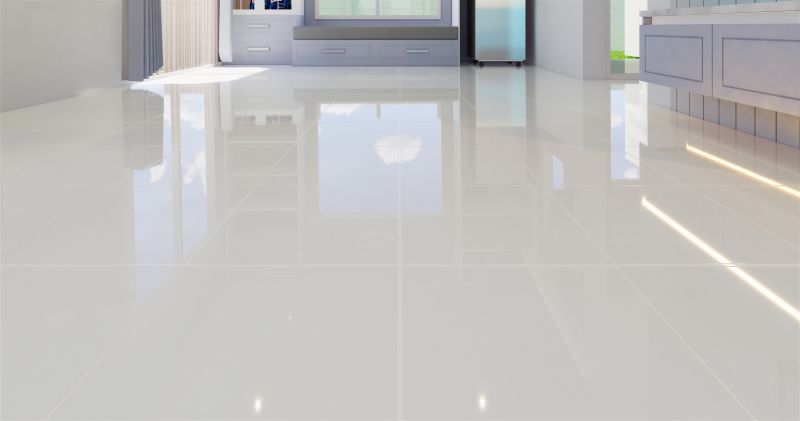
Ways to make Waterproofings work in tight or awkward layouts.
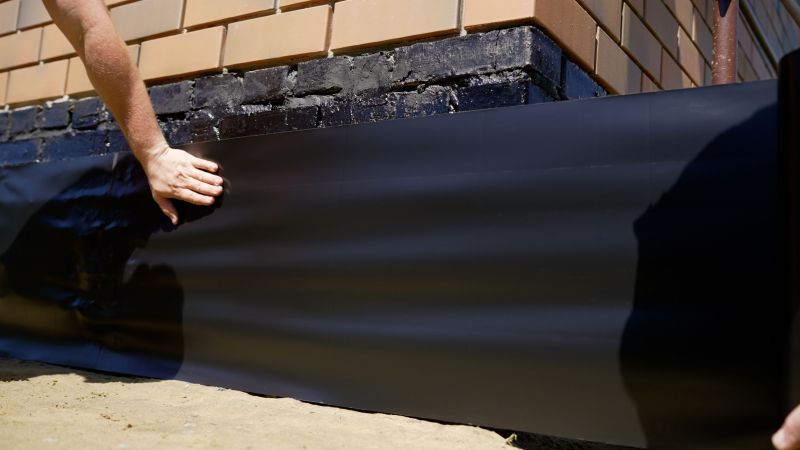
Popular materials for Waterproofings and why they hold up over time.
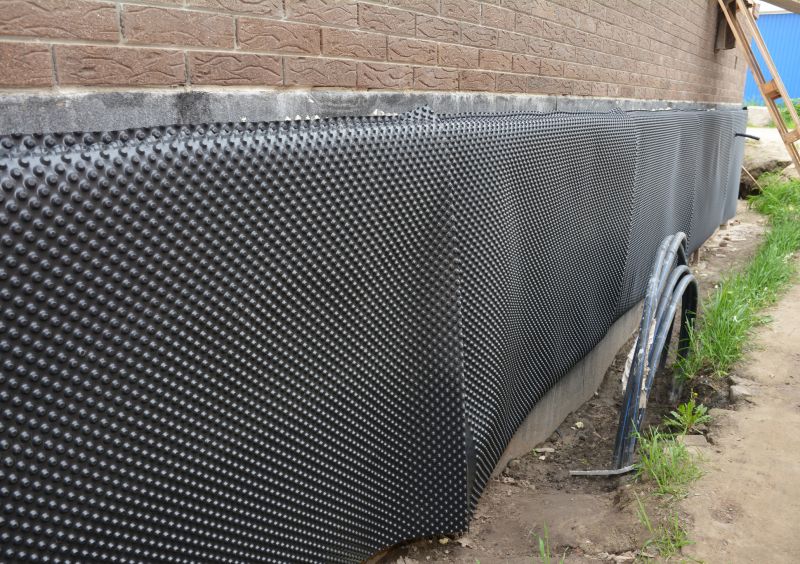
Simple add-ons that improve Waterproofings without blowing the budget.
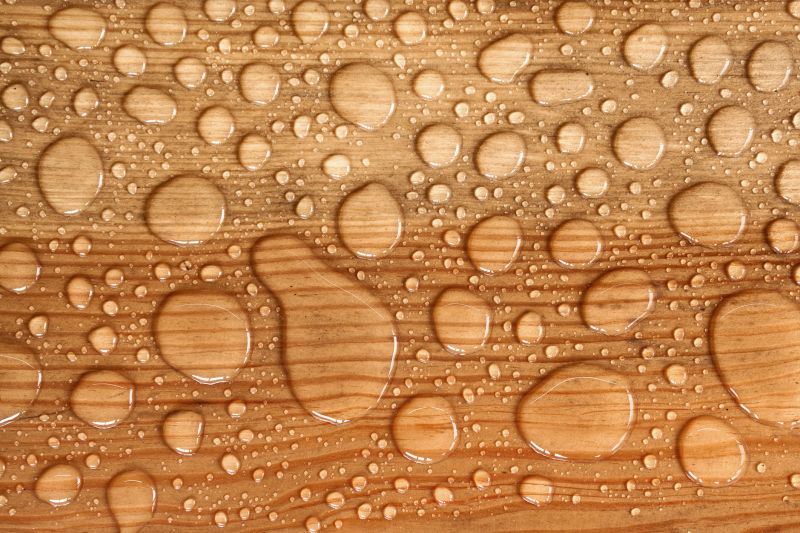
High-end options that actually feel worth it for Waterproofings.
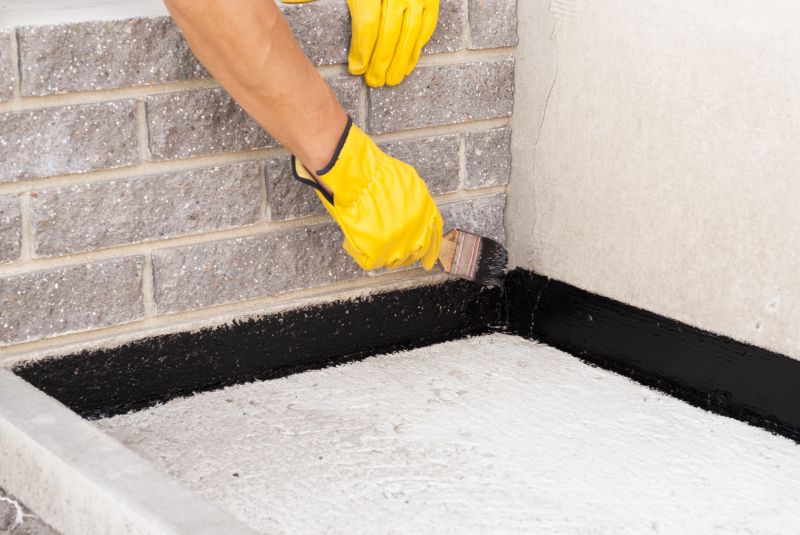
Finishes and colors that play nicely with Waterproofings.
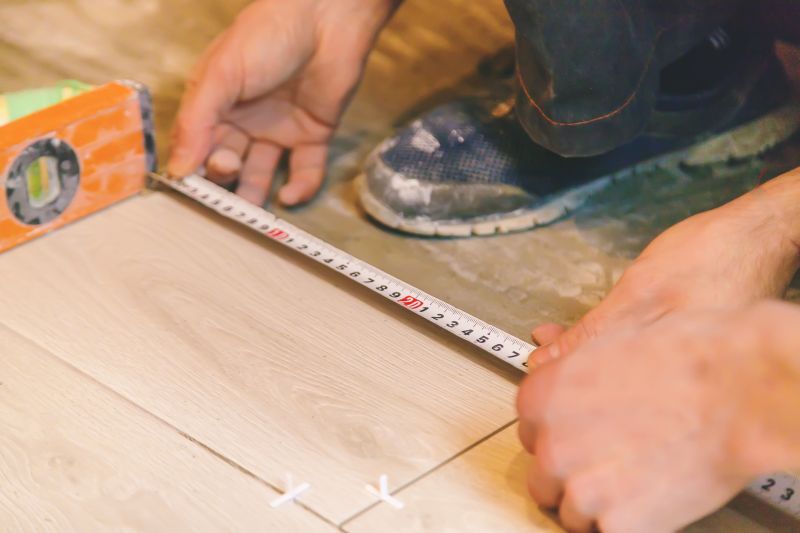
Little measurements that prevent headaches on Waterproofings day.

A 60-second routine that keeps Waterproofings looking new.
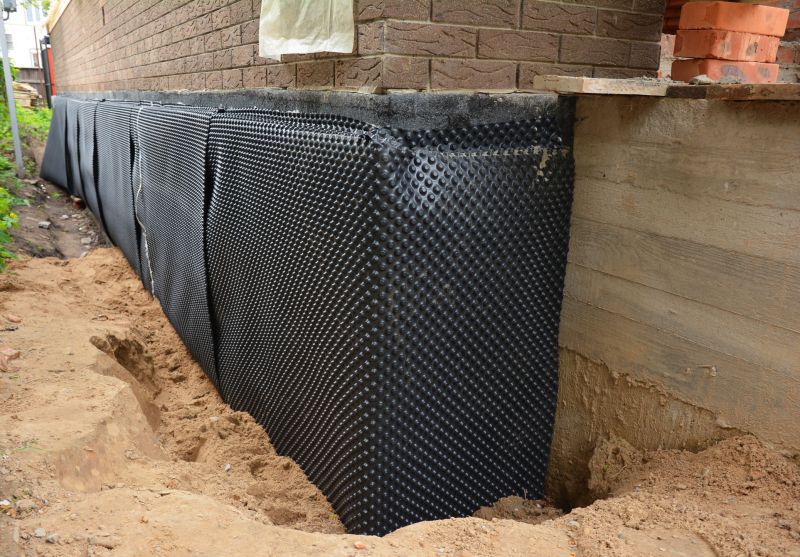
A frequent mistake in Waterproofings and how to dodge it.
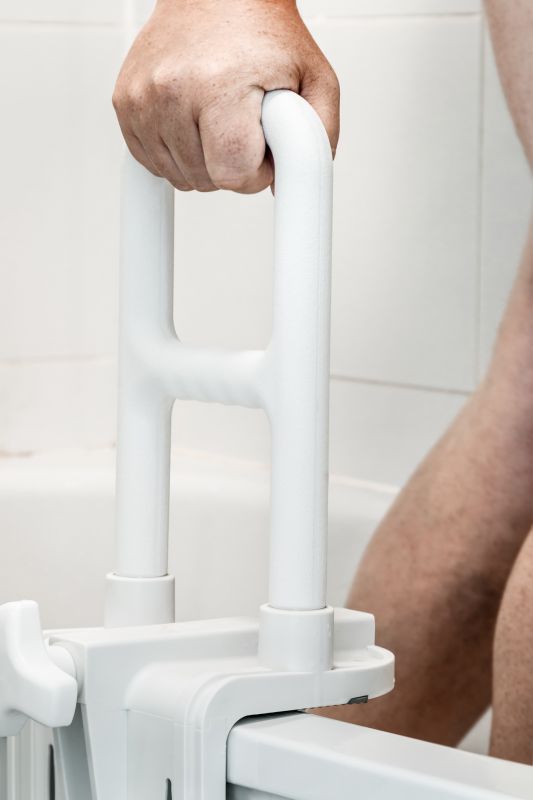
Small tweaks to make Waterproofings safer and easier to use.
| Season | Optimal Conditions for Waterproofing |
|---|---|
| Spring | Moderate temperatures and low humidity facilitate curing. |
| Summer | Dry periods with warm temperatures are ideal, but high humidity can delay curing. |
| Fall | Cooler temperatures and dry weather support effective application. |
| Winter | Cold temperatures hinder application; only suitable with specific cold-weather products. |
Waterproofings involve the application of specialized materials designed to prevent water penetration in various structures. These systems are essential in maintaining the integrity of foundations, roofs, basements, and other critical areas. The effectiveness of waterproofing depends heavily on proper timing, material selection, and application techniques. Studies show that incorrect timing can lead to reduced durability and increased maintenance costs, emphasizing the importance of scheduling waterproofing projects during optimal weather conditions.
Advancements in waterproofing technology have expanded the window for successful application. Modern materials can withstand harsher conditions and cure more quickly, allowing for more flexible scheduling. Proper planning ensures waterproofing systems perform as intended, minimizing water-related damages and preserving structural integrity over time.
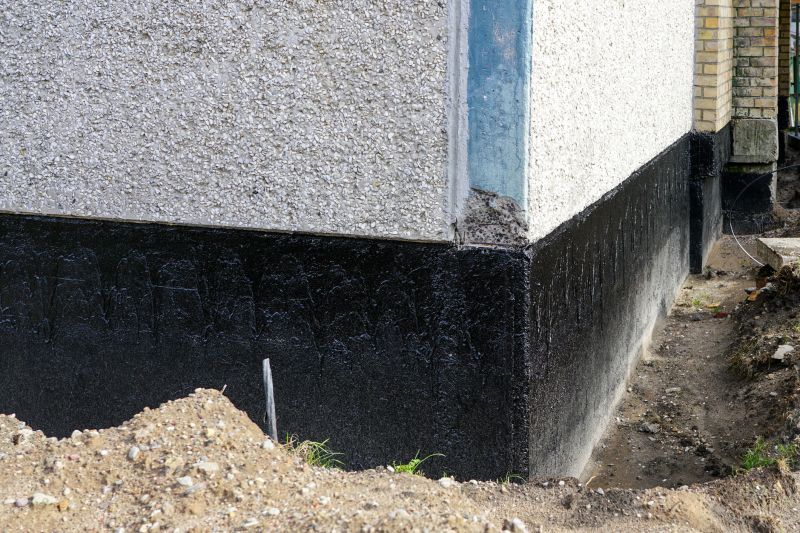
Lower-waste or water-saving choices for Waterproofings.
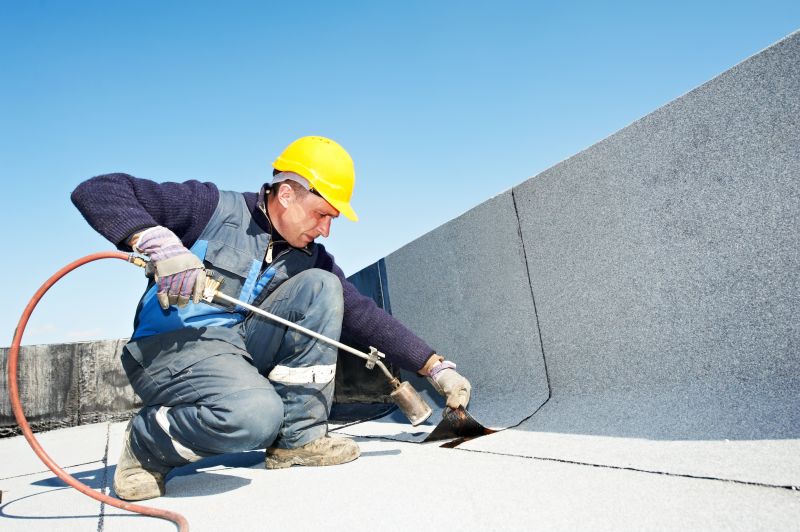
The short, realistic tool list for quality Waterproofings.
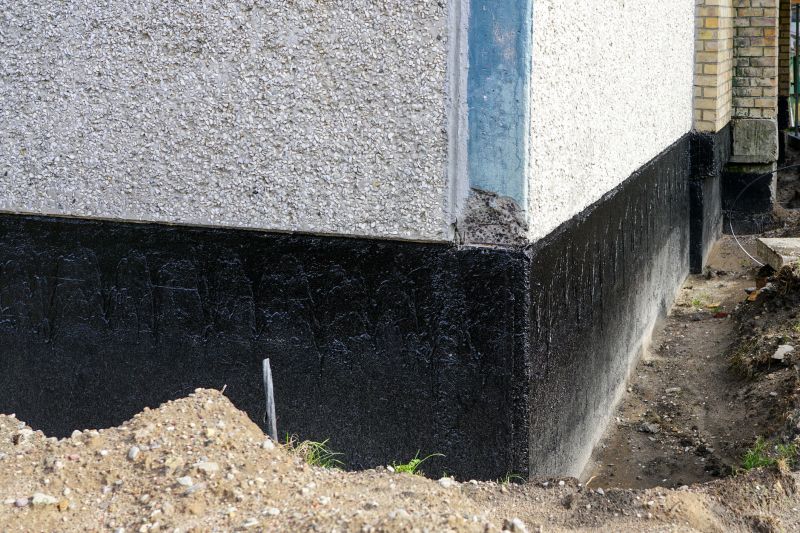
Rough timing from prep to clean-up for Waterproofings.
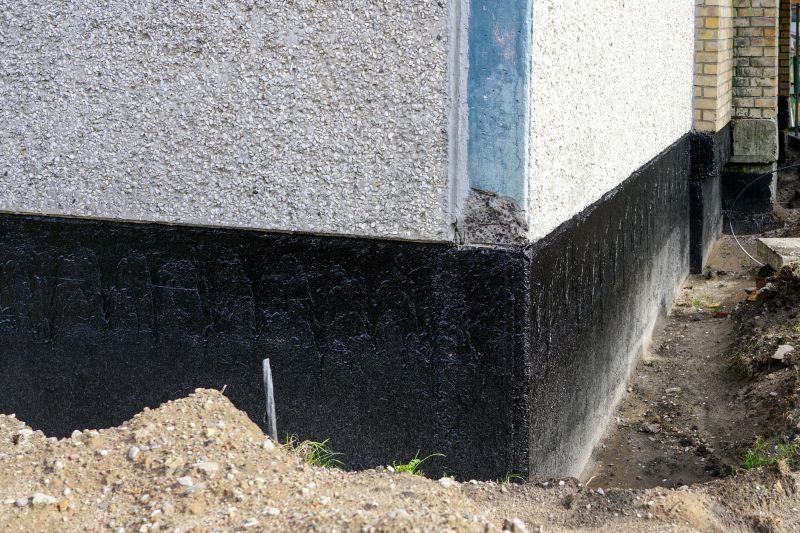
Quick checks and paperwork to keep after Waterproofings.
For those considering waterproofing projects, timing is crucial to ensure optimal results. Properly scheduled waterproofing can extend the lifespan of structures and reduce long-term repair costs. Interested parties are encouraged to contact for more information and assistance in planning waterproofing applications tailored to specific needs.

